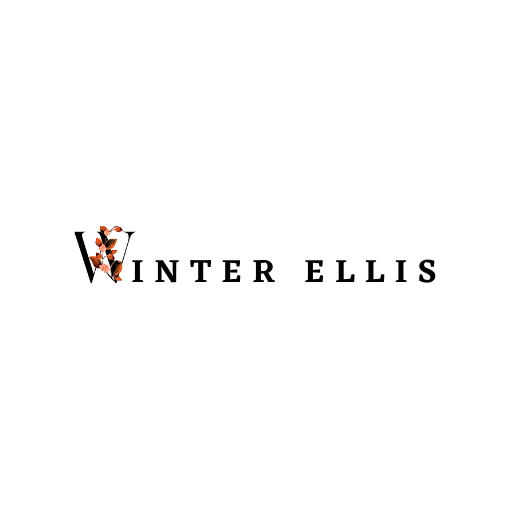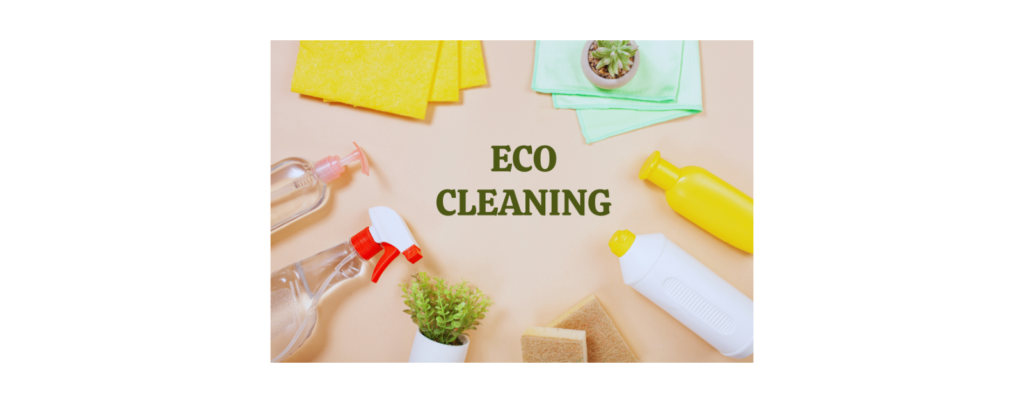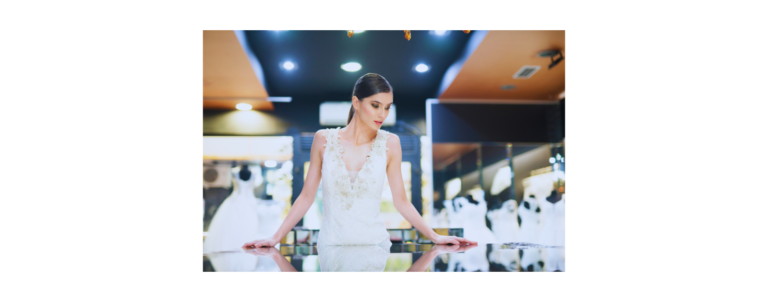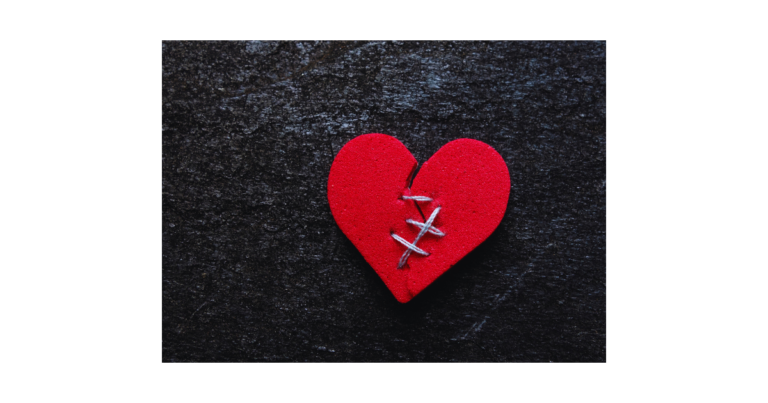Cleaning your home doesn’t have to mean turning to harsh chemicals. Distilled white vinegar is a natural, affordable, and effective cleaner that can handle a wide variety of tasks around the house. In this guide, we’ll explore the cleaning power of vinegar and share tips, recipes, and tricks to transform your cleaning routine.
Why Vinegar for Cleaning Works as a Cleaner
The secret to vinegar’s cleaning power lies in acetic acid, which makes up about 5% of distilled white vinegar. This compound cuts through grease, dissolves mineral deposits, and kills certain types of bacteria, making it a versatile natural cleaner. Whether you’re dealing with soap scum, stubborn stains, or water spots, vinegar is up to the task.
Its low cost and availability make it an easy choice for households aiming to save money and reduce exposure to toxic chemicals. Beyond its cleaning abilities, vinegar is environmentally friendly, breaking down quickly in water without leaving harmful residues.
What is Vinegar and How Does it Clean?
Vinegar is a natural and versatile cleaning agent that has been used for centuries. It is a liquid solution that contains acetic acid, which is responsible for its powerful cleaning properties. The acetic acid in vinegar is a weak acid, but it’s strong enough to dissolve and break down dirt, grime, and other substances. This makes vinegar an effective solution for removing stains, odors, and residue from various surfaces. Additionally, vinegar acts as a natural disinfectant, helping to kill bacteria and other microorganisms.
The acidity in vinegar is what gives it its cleaning power. Most household vinegars, such as distilled white vinegar, contain between 4-6% acetic acid. This level of acidity is sufficient to tackle tough stains and grime while being gentle enough not to damage most surfaces. Whether you’re dealing with soap scum in the bathroom or grease in the kitchen, vinegar’s acetic acid can help you achieve a sparkling clean.
Benefits of Using Vinegar as a Cleaner
There are numerous benefits to using vinegar as a cleaner, making it a popular choice for household cleaning tasks. Here are some of the most significant advantages:
- Natural and Non-Toxic: Vinegar is a natural and non-toxic cleaning agent, making it safe to use around pets and children.
- Environmentally Friendly: Vinegar is biodegradable and does not contribute to air or water pollution, making it an eco-friendly choice.
- Cost-Effective: Vinegar is an affordable cleaning agent that can be used for a variety of cleaning tasks, saving you money on expensive commercial cleaners.
- Versatile: Vinegar can be used to clean a wide range of surfaces, including countertops, sinks, mirrors, and floors.
- Antibacterial Properties: Vinegar has antibacterial properties that can help to kill bacteria and other microorganisms, contributing to a healthier home environment.
Essential Cleaning Ingredients
Here are the basics you’ll need to clean with vinegar:
- White Distilled Vinegar: The go-to for most cleaning purposes, it is a safer and more versatile option for various cleaning tasks, from everyday surfaces to specific applications in the bathroom. However, avoid using it on sensitive materials to prevent damage.
- Baking Soda: A natural deodorizer and scrubbing agent.
- Spray Bottle: For easy application.
- Essential Oils: Optional, to mask vinegar’s smell.
- Warm Water: For diluting and mixing solutions.
- Microfiber Cloth or Lint-Free Cloth: For streak-free results.
- Scrub Brush: For tough grime.
Each of these items is likely already in your home or easily found at your local grocery store. Together, they form a powerful, natural cleaning arsenal.
Vinegar Cleaning Recipes
All-Purpose Cleaner
- Mix 1 cup of distilled white vinegar with 1 cup of water.
- Add a few drops of essential oil (like lemon or lavender).
- Pour into a spray bottle and shake well.
Use this solution on kitchen counters, bathroom surfaces, and more. Avoid sensitive surfaces like stone countertops. While apple cider vinegar can be used, distilled white vinegar is generally more effective due to its higher acidity.
Oven Cleaner with Baking Soda
- Sprinkle baking soda inside the oven.
- Spray undiluted vinegar over the baking soda.
- Let it foam and sit for 15-20 minutes.
- Scrub with a scrub brush and wipe clean with a damp cloth.
Glass Cleaner
- Combine ½ cup vinegar, ½ cup distilled water, and a few drops of dishwashing liquid.
- Pour into a spray bottle and shake.
- Spray on glass and wipe with a lint-free cloth for a streak-free shine.
Laundry Boost
Add ½ cup of vinegar to your washing machine during the rinse cycle to soften clothes and remove odors. This simple trick can also reduce detergent buildup, making your fabrics feel fresh and new.
Remove Odors
Place a bowl of vinegar in a room overnight to neutralize smells. For larger spaces, use multiple bowls strategically placed around the room.
Citrus-Infused Vinegar Cleaner with Essential Oils
- Fill a jar with lemon or lime peels.
- Pour vinegar over the peels until submerged.
- Let the mixture sit for 1-2 weeks.
- Strain and use as a pleasantly scented all-purpose cleaner.
Tips for Specific Surfaces
Kitchen
- Stainless Steel Appliances: Dampen a microfiber cloth with white distilled vinegar and wipe. Buff with a dry cloth to remove streaks.
- Coffee Makers: Run a solution of equal parts vinegar and water through the machine. Follow with two cycles of plain water.
- Kitchen Counters: Spray diluted vinegar and wipe. Avoid stone surfaces like granite or marble to prevent damage.
- Dishwasher Cleaner: Pour one cup of vinegar into the bottom of an empty dishwasher and run a hot water cycle to remove grease and odors.
Bathroom
- Soap Scum: Mix vinegar and dishwashing liquid. Spray on the area and scrub with a brush.
- Showerheads: Soak in undiluted vinegar overnight to dissolve mineral buildup.
- Toilet Cleaner: Pour ½ cup of vinegar into the toilet bowl and let sit for 10 minutes. Scrub with a toilet brush and flush.
Living Areas
- Wood Furniture: Mix vinegar with olive oil and wipe with a cloth dampened with the mixture. Test a small area first.
- Electronic Screens: Use a cloth slightly dampened with distilled water. Avoid spraying vinegar directly.
- Carpets: Mix equal parts vinegar and water, apply to stains, and blot with a clean cloth. Repeat as necessary.
Miscellaneous
- Windows and Mirrors: Spray vinegar solution and wipe with a microfiber cloth.
- Tea Kettles: Boil a mixture of vinegar and water to remove lime deposits.
- Pet Odors: Spray diluted vinegar on affected areas and let dry.
Tough Cleaning Tasks with Baking Soda and Vinegar
Baking soda and vinegar are a dynamic duo when it comes to tackling tough cleaning tasks. Here are some effective ways to use this powerful combination:
- Unclog Drains: Pour 1 cup of baking soda down the drain, followed by 1 cup of vinegar. Let the mixture sit for a few hours, allowing the fizzing action to break down clogs. Rinse with hot water to clear the drain.
- Remove Soap Scum: Create a paste by mixing 1 cup of baking soda with 1 cup of vinegar. Apply the paste to soap scum stains in your bathroom and let it sit for 30 minutes. Rinse with warm water and scrub away any remaining residue.
- Clean Ovens: Mix 1 cup of baking soda with 1 cup of vinegar to form a paste. Apply the paste to the interior surfaces of your oven and let it sit overnight. In the morning, wipe clean with a damp cloth to remove baked-on grime and grease.
What Not to Clean with Vinegar
While vinegar is a versatile and effective cleaning agent, there are certain surfaces that should be avoided to prevent damage. Here are some examples:
- Stone Surfaces: Vinegar can etch and damage stone surfaces such as marble and granite. It’s best to use a pH-neutral cleaner for these materials.
- Unfinished Wood: Vinegar can damage the finish on unfinished wood surfaces, leading to discoloration and potential warping.
- Waxed Surfaces: Vinegar can strip the wax off surfaces that have been waxed, leaving them dull and unprotected.
- Electronic Screens: Vinegar can damage the protective coating on electronic screens, so it’s best to use a cleaner specifically designed for electronics.
- Cast Iron and Aluminum: Vinegar can react with these metals, causing corrosion and damage over time.
Always test a small, inconspicuous area of the surface before cleaning with vinegar to ensure it won’t cause any damage. This precaution can save you from potential mishaps and keep your surfaces looking their best.
Safety and Precautions
- Avoid Certain Surfaces: Vinegar can permanently damage stone surfaces and sensitive materials.
- Owner’s Manuals: Always check the manufacturer’s instructions before using vinegar on appliances or surfaces.
- Dilution Matters: For most surfaces, dilute vinegar to avoid overexposure to acetic acid.
- Sensitive Surfaces: Use alternative cleaning methods for delicate items.
- Test Before Use: Always test a small, inconspicuous area before applying vinegar to a larger surface.
FAQs About Cleaning with Vinegar
Q: Can I use vinegar on all surfaces?
A: No. While vinegar is a highly effective natural cleaner, avoid using it on stone countertops, certain hardwoods, and any surfaces where the owner’s manual advises against it.
Q: Does vinegar kill bacteria?
A: Vinegar can kill some bacteria but is not a substitute for disinfectants.
Q: How do I mask the smell of vinegar?
A: Add essential oils or soak citrus peels in vinegar for a few days to create a pleasant scent.
Q: Can I mix vinegar with other cleaning products?
A: Never mix vinegar with bleach or ammonia, as this creates toxic gases.
Q: Is there a difference between cleaning vinegar and distilled white vinegar?
A: Yes. Cleaning vinegar is slightly stronger (6% acetic acid vs. 5% in distilled white vinegar) and is better suited for heavy-duty cleaning tasks.
Q: Where can I find cleaning vinegar?
A: Most grocery stores carry it in the cleaning aisle.
Q: Can vinegar be used to clean walls?
A: Yes, dilute vinegar with water and use a microfiber cloth to gently wipe walls, avoiding painted surfaces that may react poorly.
Q: Is vinegar safe for cleaning baby items?
A: Diluted vinegar can safely clean baby bottles and toys, but rinse thoroughly to remove any residue.
With these tips and recipes, vinegar can become your go-to solution for a cleaner, healthier home. Not only is it effective, but it’s also environmentally friendly and safe for most households. Happy cleaning!





